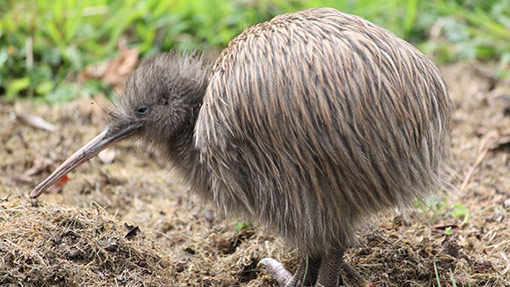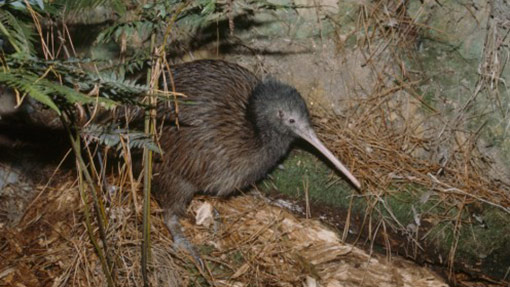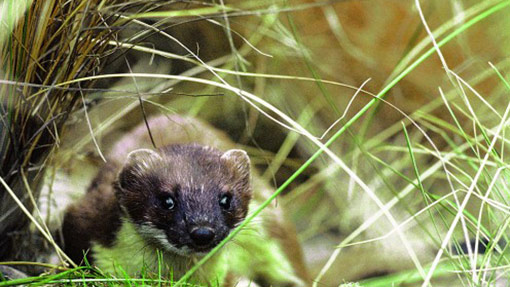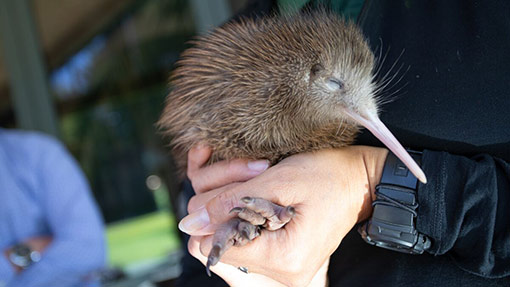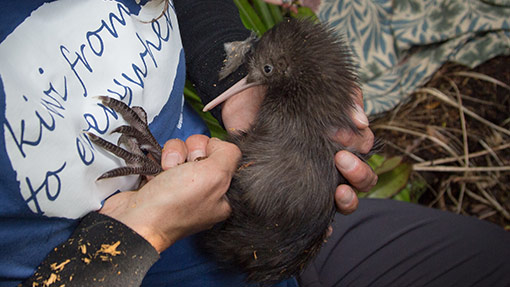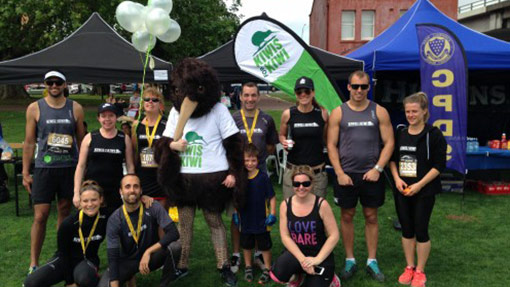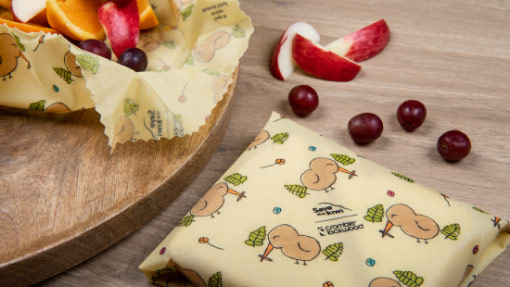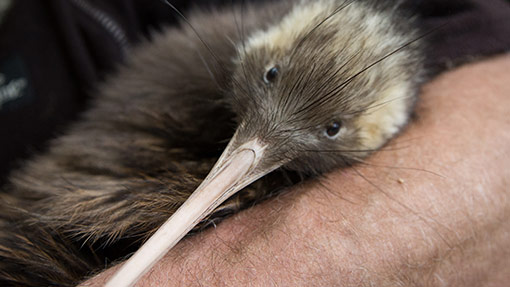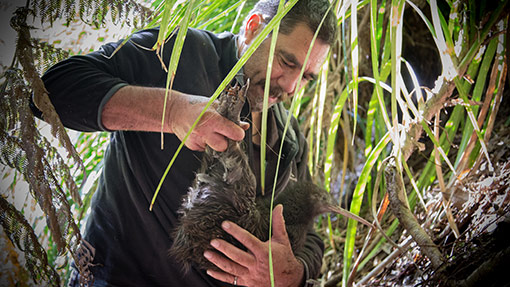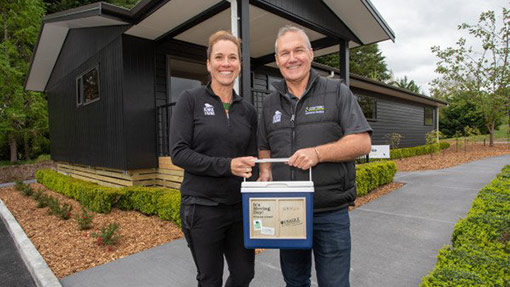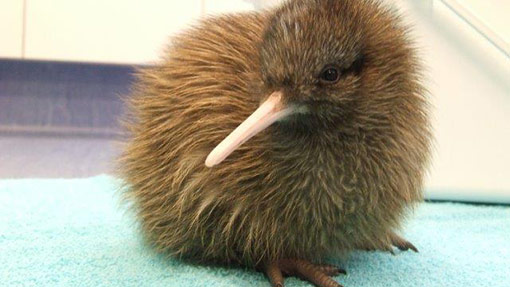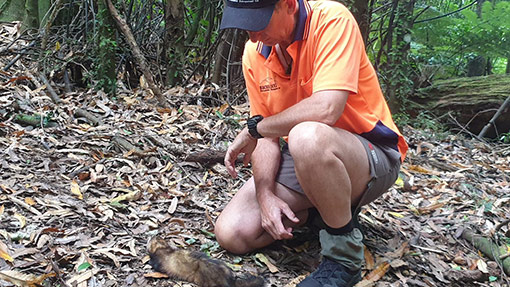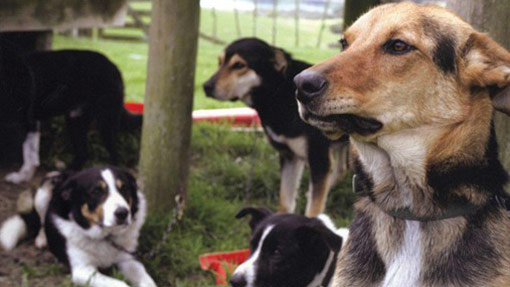Operation Nest Egg is a nationwide kiwi recovery tool established in 1995. The programme is very successful for quickly building kiwi numbers, particularly for vulnerable kiwi populations in small sites.
Operation Nest Egg is one of the key tools we use in our own Kōhanga Kiwi strategy. By breeding more kiwi chicks and placing them in secure, predator-free sites, we’re giving them the best opportunity to find a mate and produce their own chicks. These chicks can then be moved to safe kiwi habitat when they’re big enough, increasing wild kiwi populations and restoring their former range of distribution.
What is Operation Nest Egg & how does it work?
Only 5% of kiwi chicks that hatch in the wild reach adulthood. Operation Nest Egg is a tool that aims to turn that statistic on its head by removing kiwi eggs and chicks from their burrows and caring for them in captivity until they’re big enough to fend for themselves in the wild. And it’s working. In fact, an Operation Nest Egg has a 65% chance of surviving to adulthood.
Not only does Operation Nest Egg improve a kiwi’s chance of reaching adulthood, it has helped people who work with kiwi to increase their knowledge of kiwi behaviour and breeding. The tool is particularly effective for rapidly recovering populations of the rarest kiwi taxa, those near the brink of extinction.
Their first stop is a captive rearing facility where they are hatched and/or raised until they’re a few weeks old. Their second stop is usually a kiwi crèche. Healthy young birds are sent to these predator-proof sanctuaries where they stay until they’re big enough to safely return to the wild, usually when they weigh around 1kg. Many crèches are managed by community-led kiwi conservation groups, with support from their communities and Save the Kiwi.
To ensure unique gene pools are preserved, along with the adaptations of each kiwi population, chicks are returned to the wild populations from where they were taken, or are used to establish entirely new, discrete populations.
Because it takes eggs and/or chicks, not adult birds, Operation Nest Egg leaves the source populations intact, allowing them to continue to breed and build the population. With kiwi living for up to 40 years, that can mean many new recruits – as long as predators are kept at bay.
Kiwi researchers expect a time will come when Operation Nest Egg will no longer be needed as a management tool. However, there will always be a place for Operation Nest Egg. By allowing people to get close to kiwi, it is a powerful tool for education and advocacy.
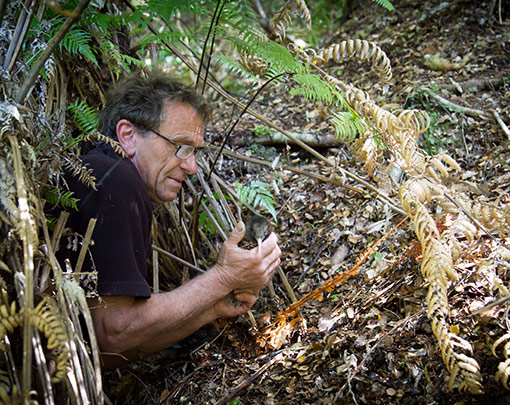
Only 5% of kiwi chicks that hatch in the wild reach adulthood. An Operation Nest Egg has a 65% chance of surviving to adulthood.
Who is doing Operation Nest Egg?
Operation Nest Egg is partially funded by Save the Kiwi and combines the efforts of the Department of Conservation Te Papa Atawhai, community kiwi conservation groups, iwi, researchers, and captive rearing facilities all over New Zealand.
Captive rearing facilities in the North and South Islands include Auckland Zoo, the National Kiwi Hatchery in Rotorua, the Whangarei Native Bird Rescue Centre, Willowbank Wildlife Reserve in Christchurch, Pukaha Mt Bruce Wildlife Centre, and the West Coast Wildlife Centre in Franz Josef which focuses mainly on New Zealand’s two most endangered kiwi species: the Ōkārito rowi and the Haast tokoeka.
Because kiwi hold a special place in Māori culture, and to recognise the important relationship between living things and the land on which they were born, there is often a ceremony by mana whenua (local people) to welcome the young kiwi back to the place of their birth.
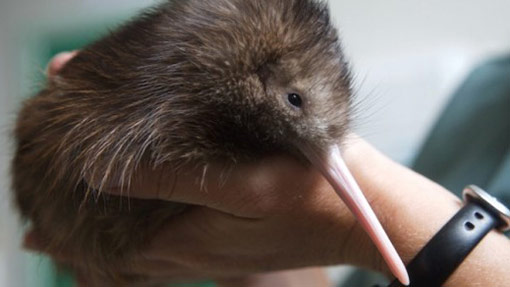
How it’s going
Operation Nest Egg has been very successful over the past few years, with chick survival rates reaching over 99%. The programme has passed many milestones since it was formally adopted as a kiwi recovery tool in 1995.
- 2002/03 breeding season: The first third-generation egg was laid. The chick’s grandfather was one of the original Operation Nest Egg chicks hatched at Auckland Zoo.
- 2007: The National Kiwi Hatchery hatched its 500th chick, and Auckland Zoo its 150th.
- 2008: The 1000th Operation Nest Egg chick hatched at The National Kiwi Hatchery and was named “Hūpai”. Sadly, “Hūpai” died in her second year.
- 2010: Operation Nest Egg chicks were used to establish new populations of Haast tokoeka on Coal Island in Fiordland, and in a new 300-hectare kōhanga near Dunedin, the Orokonui Ecosanctuary. 20 rowi were also released into the northern part of Ōkārito forest to expand the existing population within the Ōkārito Kiwi Sanctuary. It has helped the rowi population increase by 100%.
- 2012: The then Governor General Sir Jerry Mateparae released “Tutaki” and “Matariki” into Otanewainuku in the Bay of Plenty.
- 2015: Auckland Zoo hatched and released their 300th chick. The National Kiwi Hatchery also celebrated 20 years of Operation Nest Egg, with “Mighty Dash” hatching on December 25th which was the 1500th chick to hatch at the facility.
- 2017: The first kiwi was released as part of our national Kōhanga Kiwi strategy onto Motutapu Island.
- 2018: Auckland Zoo hatched their 360th chick which also happened to be the first to hatch at the start of Save Kiwi Month that year.
- 2018: The Duke and Duchess of Sussex named two kiwi “Tihei” and “Koha” during their visit to The National Kiwi Hatchery.
- 2019: The National Kiwi Hatchery hatched the 2000th Operation Nest Egg kiwi. In July, Save the Kiwi broke ground on the Crombie Lockwood Kiwi Burrow and received their first egg in October.
- 2020/21 breeding season: The Crombie Lockwood Kiwi Burrow hatched and released 101 kiwi chicks in their first full season.
The future
Operation Nest Egg will continue to play an important part in meeting our target of increasing kiwi populations by 2% per year. In the future, new Operation Nest Egg programmes will be initiated, mainly in areas where kiwi are currently unmanaged.
The chicks from these programmes will be released into Kōhanga Kiwi sites, where they will contribute to future population growth.
Once those sites reach capacity for the number of kiwi they can hold, young kiwi will be captured and relocated back to predator-controlled areas in the wild.
How you can help
Operation Nest Egg is a very successful kiwi management tool – but it’s very expensive. To help support kiwi conservation projects including those involved in Operation Nest Egg, please make a donation today.
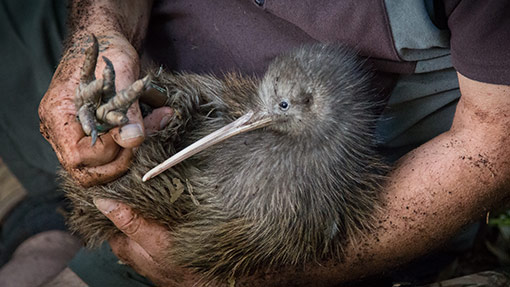
Advocacy
We’re all in this together. Save the Kiwi works to raise awareness about the plight of the kiwi and what is being done to help via social media, regular newsletters, and media publicity. (Photo credit: Jenny Feaver)
Predator control
Stoats, ferrets, rats, dogs, and other predators are the greatest risk to the kiwi population. Find out more about predators, the harm they cause to our native taonga, and what we can do to help.
Kiwi avoidance training
Dogs are the biggest threat to adult kiwi. Learn about a method that can successfully teach dogs how to avoid kiwi when they come across them in the wild.
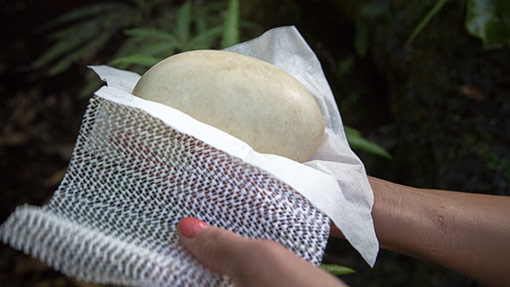
Operation Nest Egg
Operation Nest Egg is a national kiwi breeding programme which grows kiwi numbers much faster than they could in the wild. Find out more about what and who is involved. (Photo credit: Jenny Feaver)
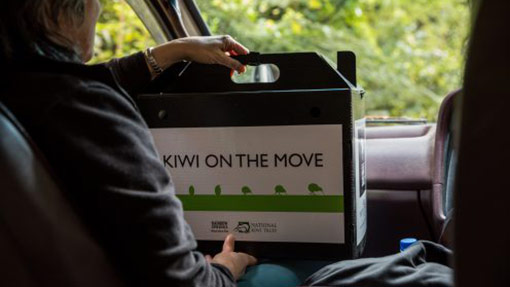
Kōhanga Kiwi
Kōhanga Kiwi is a ground-breaking strategy that both preserves current numbers of kiwi and increases them. Learn about this world-leading conservation initiative.
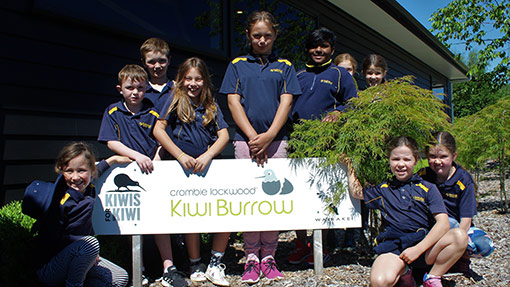
Gallagher Kiwi Burrow
The Gallagher Kiwi Burrow (formerly known as the Crombie Lockwood Kiwi Burrow) is Save the Kiwi’s kiwi incubation, hatching, and brooding facility. Learn about the facility and the chicks that temporarily call this facility home.
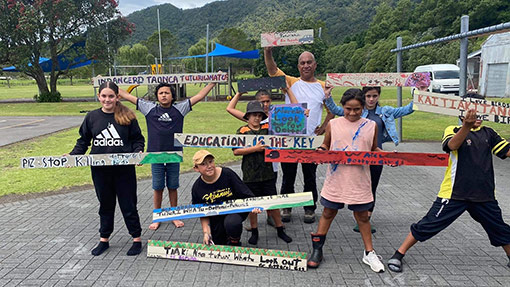
Whānau, hapū, iwi & kiwi
Kaitiakitanga is integral to the spiritual, cultural, and social life of tangata whenua. Find out how Save the Kiwi is committed to supporting Māori leadership in kiwi and wider efforts to restore the health of the whenua.
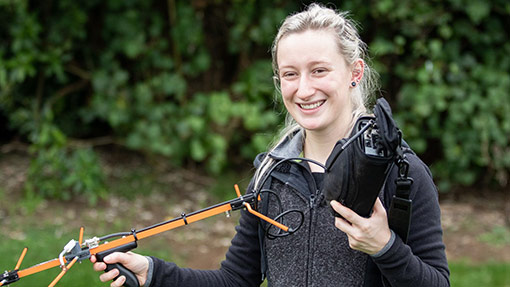
Jobs for Nature
In 2020, Save the Kiwi was awarded Jobs for Nature funding which was redistributed to various kiwi conservation projects. Find out about these projects and the environmental gains they’re seeing. (Photo credit: Jenny Feaver)
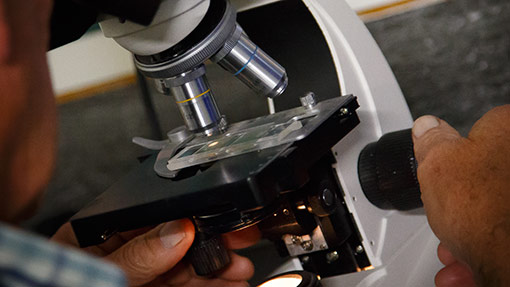
Research
An enormous amount of research about the kiwi population has been undertaken over the years. Learn about the research behind Save the Kiwi’s vision.
